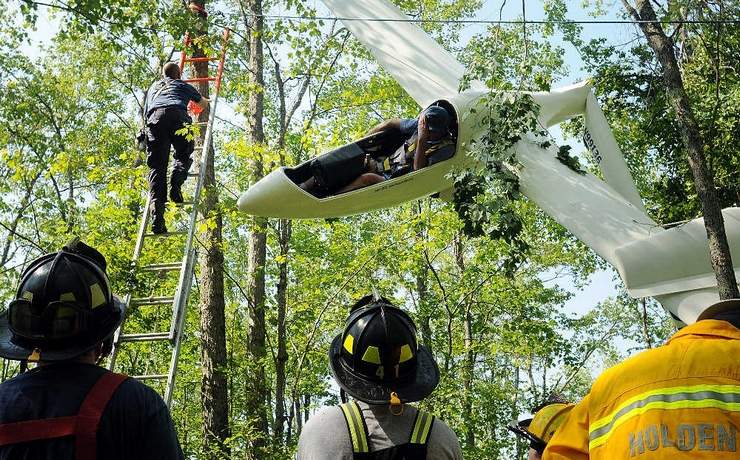Anyone on here own a Lancair 360? I'm looking for REAL WORLD numbers and specs from an actual owner. My wife and I are strongly considering downsizing and selling our Bonanza. One of my main concerns is useful load. I'm 5'11 and 215. My wife isn't a 110 model either.
Also, if anyone knows of one in Iowa that I could at least sit in, let me know.
Thanks,
Paul
Sent from my iPhone using Tapatalk
Also, if anyone knows of one in Iowa that I could at least sit in, let me know.
Thanks,
Paul
Sent from my iPhone using Tapatalk

